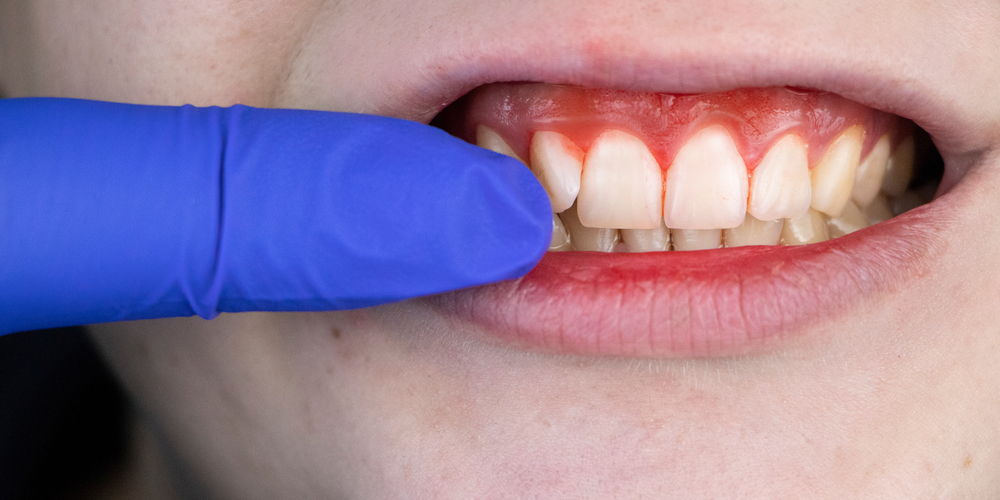
When you first see a periodontist, he/she will probe your gums and teeth in order to assess their health. Among other things, a periodontist can tell you if you have gum disorders, including periodontitis and gingivitis. If you have exposed roots, bruxism, or receding gums, these conditions will also be diagnosed.
Why Procedure is Used
Typically, your dentist will look to measure the gaps, or spaces between your gums and teeth. A periodontist may also look for lumps or signs of abnormal growth, as well as changes in the colour of soft oral tissue. These exams will help reveal the presence of infections, and other conditions such as precancerous or cancerous tumours.
Patient Concerns to be Addressed
As you may be ware, periodontal diseases can cause a number of problems. This includes loose teeth, bruxism, and bite disorders. Without a question, if your gums are not pink an firm, you may have gum disease. For example, if your gums are reddish/bluish, or they appear puffy or swollen, you will need to see a periodontist as quickly as possible.
If you have gum disease, any number of other issues can affect the severity. This includes the amount of plaque that is on your teeth. Plaque is a layer of bacteria and acid can cause tooth decay, as well as gum disease. In most cases, if you brush and floss your teeth properly, you should be able to eliminate this layer before it causes damage to your teeth. As may be expected, dentures, implants, crowns, and fillings can all play a role in the health of your gums.
How Is Procedure Performed?
A periodontist will first seem to measure the sulcus, or space between each tooth and the gum. This pocket represents the area where the tooth is attached to the gum. When the pocket is too deep, it indicates that bone and gum tissue may have already disappeared from around the tooth. In the early stages, this condition is known as gingivitis. If untreated, it can lead to periodontitis.
When attempting to measure the sulcus, a periodontist will use a millimetre sized ruler to get between the gum and the tooth. Typically, the periodontal probe will be used to measure several locations around the tooth. If your gums are healthy, they will adhere tightly to the tooth. At the same time, the sulcus should be from 1 to 3 mm deep. On the other hand, if the gums are diseased, they will swell and pull away from the tooth. Unfortunately, the sulcus pockets can increase to more than 10 millimetres in the advanced stages of periodontitis. As may be expected, the probe may be able to touch root tips.
Your periodontist will also look to see if your teeth are coming together properly when you bite. Among other things, he/she may use blue or wax paper in order to see if you are applying too much force in certain areas. When you bite down on this paper, it will leave marks to indicate your bite pattern, as well as show areas on each tooth where you are applying excessive force. A periodontist may also be able to spot irregular wear on enamel surfaces that indicate bruxism, as well as uneven bite patterns.
During a periodontal exam, you may also have to get X-rays. For example, a periapical X-ray, which will show the periodontist the entire tooth from crown to root. In most cases, this type of imaging study can help a dentist determine how much bone has been lost from around each tooth. Your periodontist may also want you to have a panoramic X-ray in order to study jaw joints, sinuses, and other parts of the skull that may affect your dental health.
Post-Operative Concerns
Today, many dentists perform these exams during routine visits. In some cases, they may not record their observations unless something changes. That said, it is still important to have these tests repeated on a regular basis in order to arrest gum disease as quickly as possible. For example, scaling and root planing can help slow down the progress of gum disease. As may be expected, your dentist will want to repeat tests after your gums heal in order to find out if the pockets have decreased in size.
Perils of Disease
If your gums bleed during a periodontal exam, it is very possible that you have gum disease. You may also find out that you have receding gums. In many cases, this condition is caused by hard brushing, as well as teeth that are not aligned properly. Unfortunately, gum disease can also cause the roots of each tooth to be exposed. This, in turn will cause temperature sensitivity, as well as contribute to tooth decay. In addition, many people feel that receding gums are unattractive.